Tesla Model 3 Doesn't Get a Consumer Reports Recommendation

Consumer Reports has announced the Tesla Model 3 falls short of receiving its recommendation.
Although Consumer Reports testers said the Model 3 is “thrilling to drive,” issues with braking, controls, and ride quality hurt the all-electric sedan’s overall score. One of the most notable problems Consumer Reports found while testing was the Model 3’s inconsistent braking, with a stopping distance of 152 feet from 60 mph. Those results, the publication said, was far worse than any contemporary car it has tested and is about seven-feet longer than the stopping distance of a Ford F-150 pickup truck.
A Tesla spokesperson told Consumer Reports the American automaker found stopping distances from 60-to-zero mph were an average of 133 feet, with the same tires as the publication’s test car. Tesla did note that stopping distances are affected by a number of variables, including road surface, weather conditions, tire temperature, brake conditioning, outside temperature, and past driving behavior that could have affected the brake system.
The publication said its braking test is based on an industry-standard procedure designed by SAE International. Essentially, testers get the car up to 60 mph, then slam on the brakes until the car stops. The process is repeated multiple times for consistent results, and between each test, the car is driven approximately a mile to cool the brakes. Consumer Reports did mention that the first stop it recorded was around 130 feet, but that distance was not repeated, even after the brakes were allowed to cool down overnight.
SEE ALSO: Tesla Unveils $78K Performance Version of Model 3
Since its testers did find inconsistency with the Model 3’s braking, Consumer Reports got its hands on a second test car that was privately owned and loaned for testing. The publication says it got “almost identical results” with the second test car.
Another factor that affected the Model 3’s overall road-test score was its controls. With nearly all of the sedan’s controls found on the center touchscreen display, drivers had to take multiple steps to accomplish simple tasks, such as adjusting the mirrors or changing the direction of the airflow for the air-conditioning vents. The lack of physical buttons can cause driver distraction, since each change forces the driver to take his or her eyes off the road.
Other aspects that hurt the Model 3’s road-test score include its stiff ride, unsupportive rear seat, and excessive wind noise at highway speeds.
It wasn’t all bad though. The sedan delivered a zero-to-60 mph time of 5.3 seconds and handling reminiscent of a Porsche 718 Boxster sports car. It also set a record in Consumer Reports testing for range, managing to go 350 miles on a single charge when set to Tesla’s higher regenerative braking mode. When set to the lower regenerative braking mode, the Model 3 still managed to return 310 miles on a single charge.
Discuss this story on our Tesla Model 3 Forum

Jason Siu began his career in automotive journalism in 2003 with Modified Magazine, a property previously held by VerticalScope. As the West Coast Editor, he played a pivotal role while also extending his expertise to Modified Luxury & Exotics and Modified Mustangs. Beyond his editorial work, Jason authored two notable Cartech books. His tenure at AutoGuide.com saw him immersed in the daily news cycle, yet his passion for hands-on evaluation led him to focus on testing and product reviews, offering well-rounded recommendations to AutoGuide readers. Currently, as the Content Director for VerticalScope, Jason spearheads the content strategy for an array of online publications, a role that has him at the helm of ensuring quality and consistency across the board.
More by Jason Siu



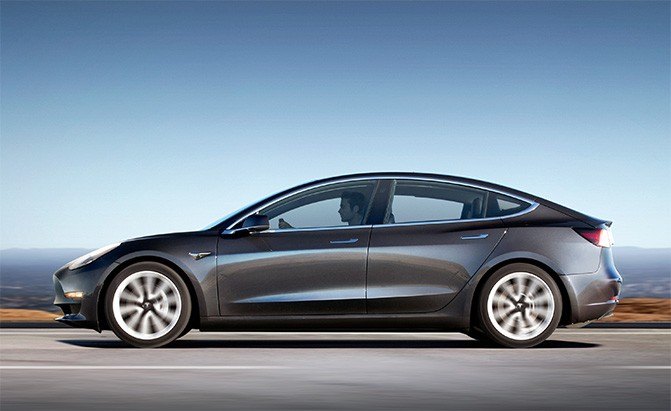




















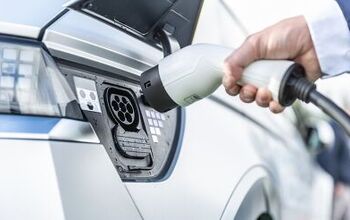
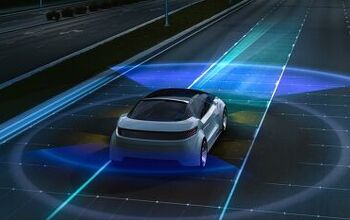

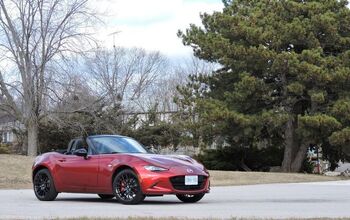
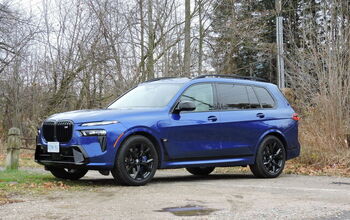
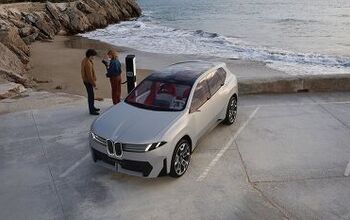
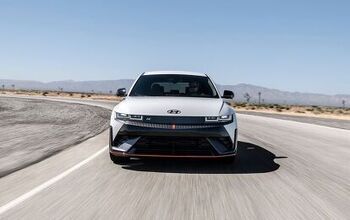

Comments
Join the conversation
How can they possibly fail to attain Consumer Ripoff's "recommended" rating?